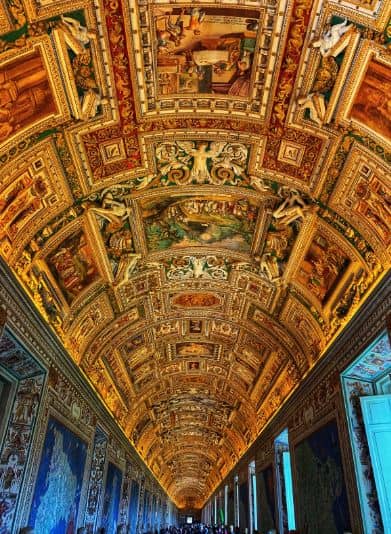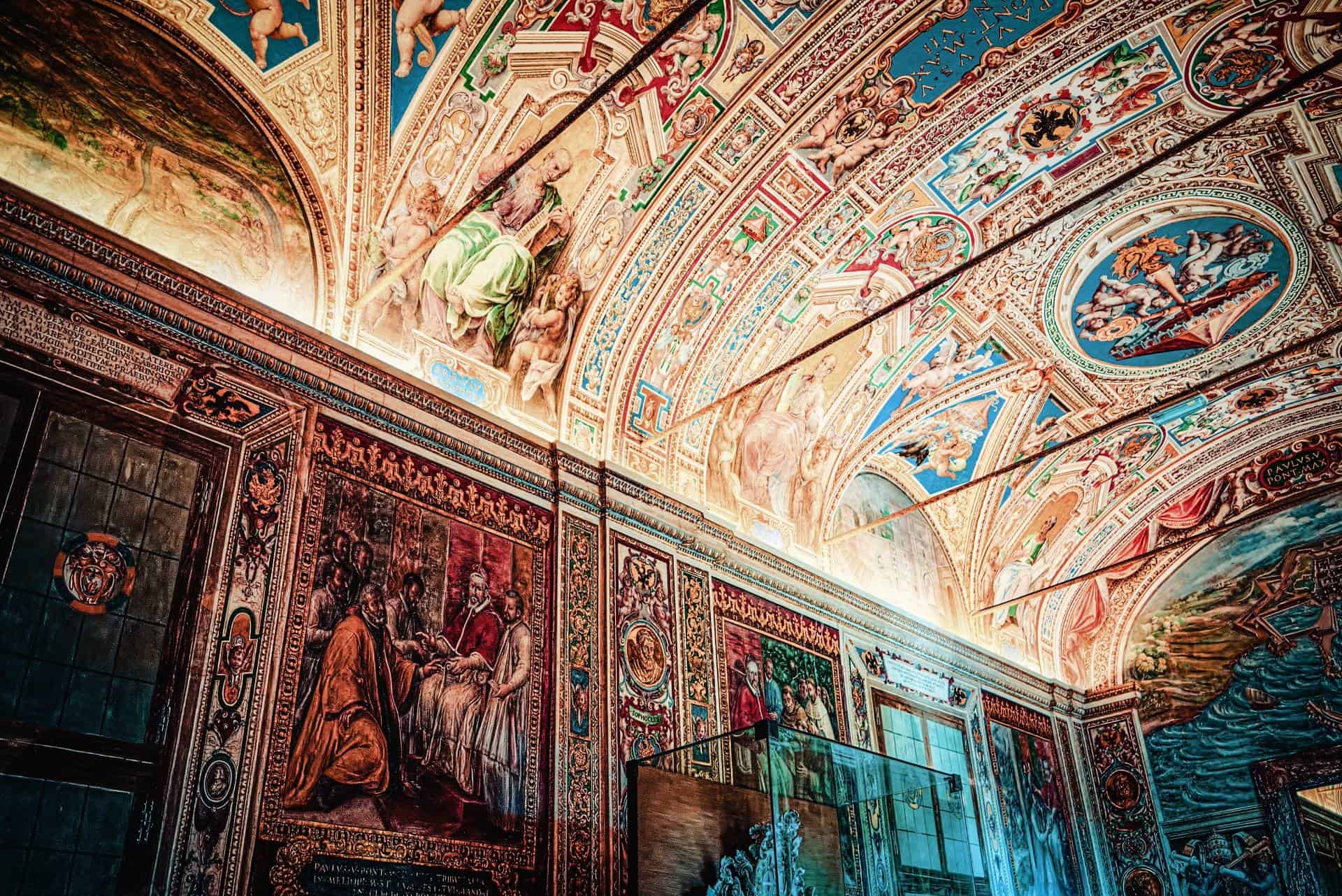The Gregorian Egyptian Museum in the Vatican Museums is a fascinating collection dedicated to the art and culture of ancient Egypt. Founded by Pope Gregory XVI in 1839, the museum offers a captivating journey through the religious beliefs, burial practices, and daily life of the ancient Egyptian civilization. Spread across nine rooms, the collection includes a wide variety of artifacts, such as statues of deities, mummies, sarcophagi, stelae, and richly decorated funerary objects.
Among the museum’s highlights are the well-preserved mummies and elaborately painted coffins, which provide insight into Egyptian burial traditions and the belief in the afterlife. Visitors can also admire impressive statues of Egyptian gods and pharaohs, such as the famous statue of Ramses II, along with fascinating examples of hieroglyphic texts. The museum also features objects from ancient Mesopotamia and Assyria, providing a broader view of ancient civilizations in the region.
The Gregorian Egyptian Museum is an essential stop for anyone interested in the art, history, and spiritual practices of ancient Egypt, offering a rare glimpse into one of the world’s most influential civilizations within the heart of the Vatican Museums.




